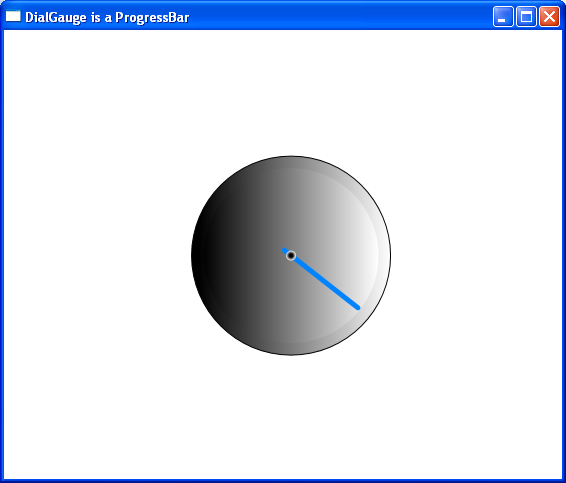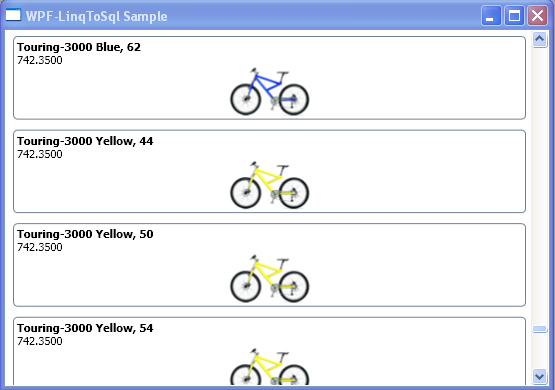I am not just being philosophical here. In WPF, ControlTemplates allow you to transform a control’s appearance. This is not the same as applying stylesheets. This is an entirely new level of customization. What you see in the screenshot below looks like a Dial but is actually a simple ProgressBar control wearing a “Dial” template. The Dial template was created using Microsoft Expression Blend .
Include the ControlTemplate as a Window.Resource and then assign it to ProgressBar element’s Template attribute :
Of course that is not all. The ControlTemplate must define some named elements of FrameworkElement type. Charles Petzold has explained it in detail : MSDN Magazine Article. So, I will not repeat it here.
The sample code can be downloaded here : DialTest.zip
License : Creative Commons Attribution-Noncommercial-Share Alike 3.0 United States License.


